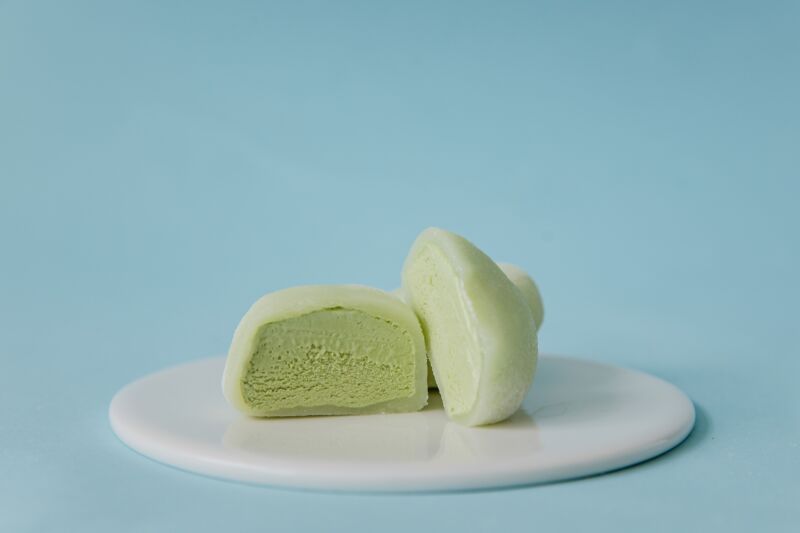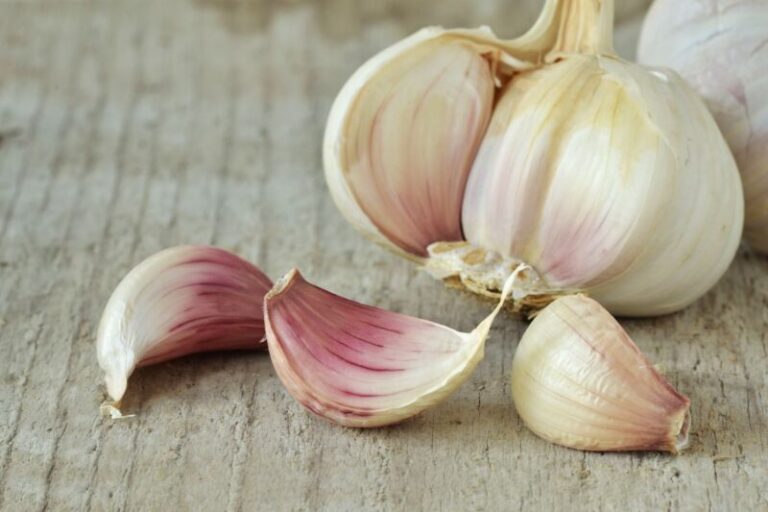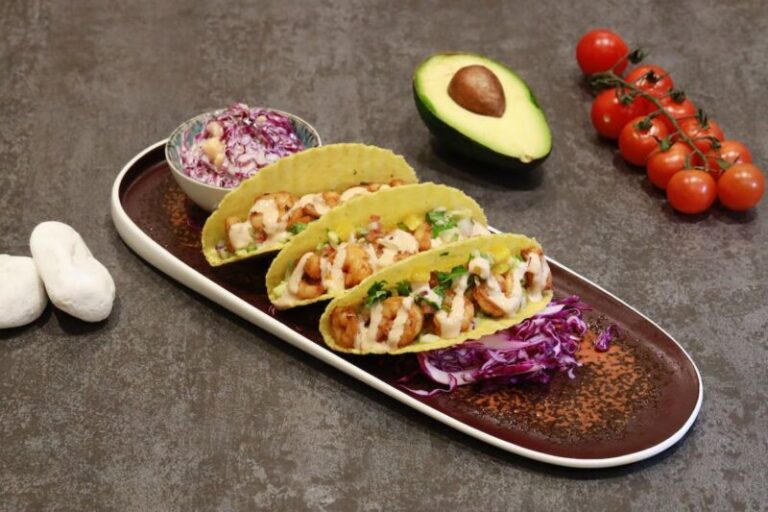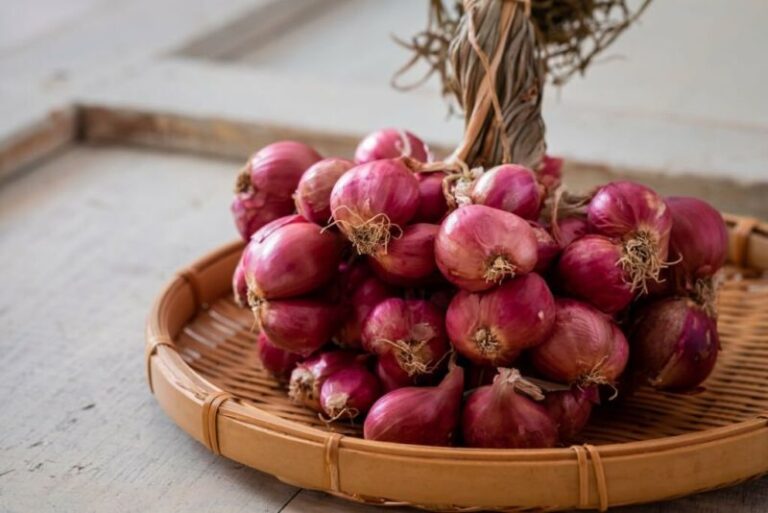Can You Make Mochi With Regular Rice Flour?
If you’ve ever wondered if you can make the Japanese rice cake treat mochi using regular rice flour instead of glutinous rice flour, you’re not alone. I’ve received this question many times from readers and wanted to provide a thorough explanation of why mochi is traditionally made with glutinous rice flour, also called mochiko. Read on to learn the science behind mochi’s uniquely chewy texture and why substituting regular rice flour just won’t cut it if you want authentic mochi texture and flavor.
What is Mochi?
Let’s start with a brief overview of what mochi is. Mochi is a popular treat in Japan that’s been around for centuries. It’s made from mochigome, a type of short-grained glutinous rice, that’s pounded into a paste and molded into desired shapes and sizes.
There are two main kinds of mochi – white mochi and colored mochi. White mochi is made from just the mochigome rice while colored mochi has additional ingredients like matcha (green tea powder), red bean paste, or other natural colorings mixed in.
Mochi has a very distinctive soft, sticky, and chewy texture. It can be enjoyed simply as is, filled with sweet red bean paste, wrapped around ice cream, grilled, pan fried, and more. The lightly sweet, stretchy bite makes mochi a favorite snack and dessert.
Key Points on Mochi:
- Made from glutinous mochigome rice that’s pounded into a paste
- Has a unique chewy, gummy texture
- Can be enjoyed both plain or with savory/sweet fillings
- A staple treat in Japanese cuisine
Can You Make Mochi With Regular Rice Flour?
No, it’s not possible to make authentic mochi without using rice or rice flour as the main ingredient. Here’s a more detailed explanation:
The unique chewy, sticky texture of mochi comes from glutinous rice (also called mochigome rice or sweet rice). This type of rice has high levels of amylopectin starch which gives mochi its stretchy, gummy consistency.
Regular rice and other grains like wheat flour contain lower amylopectin levels and higher amylose which results in a more rigid, dense texture when cooked. They lack the binding properties that allow mochi to stretch and hold together.
Attempting to make mochi with all-purpose flour or other gluten-based flours will not replicate the smooth, soft mouthfeel of rice mochi. The texture will be more bread-like. Adding cornstarch can help approximate the chewiness a bit, but it still won’t have the distinctive sticky, elastic qualities that come from mochigome rice.
Trying to Make Mochi Without Rice Flour
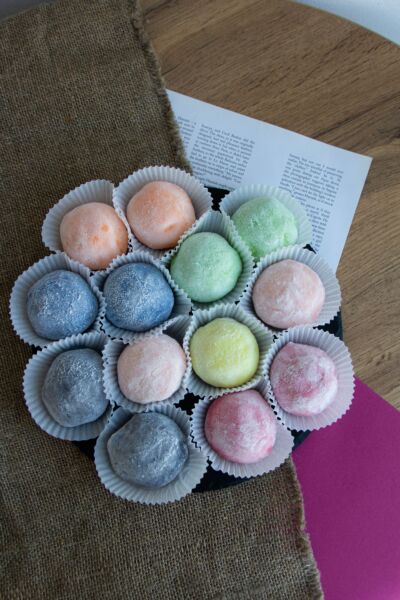
I’ll admit, when I first heard of mochi I didn’t have any glutinous rice flour on hand. I wondered if I could just make it with the regular rice flour in my pantry. After all, it’s still rice flour, so it should make mochi…right?
Well, I went ahead and gave it a try, substituting my regular rice flour in place of mochiko. I added water and kneaded it into a thick dough. At first glance, it looked pretty similar to mochi. But when I tried stretching it out, it immediately tore apart instead of retaining that gummy, elastic texture.
While the taste was decent, the texture was completely wrong. Instead of soft and chewy it was dense and doughy, closer to uncooked flour paste than stretchy mochi. It was impossible to shape and very crumbly. Definitely not the right consistency.
Key Takeaways From My Test:
- The dough made with regular rice flour was too dry and dense
- It couldn’t stretch properly and tore apart easily
- The texture was doughy and crumbly instead of soft and gummy
- It was impossible to shape into rolls or other mochi forms
The Science Behind Mochi’s Texture
So why didn’t my mochi made with regular rice flour turn out right? It all comes down to the makeup of glutinous rice compared to regular rice. Here’s a quick science lesson on how rice composition affects mochi texture.
Amylose and Amylopectin
All rice contains two main starches: amylose and amylopectin. Amylose is linear and causes firmness. Amylopectin is branched and creates stickiness or glueyness.
Glutinous rice used to make mochi is especially high in amylopectin compared to regular rice. It contains about 20% amylose and 80% amylopectin. This high amylopectin content is why glutinous rice is so wonderfully sticky and stretchy.
Glutinous Rice Makes Stretchy Mochi
When glutinous rice is pounded into a paste, the abundance of amylopectin allows the proteins to form elastic bonds that create that unique chewy mochi texture. Trying to replicate this with regular rice won’t work.
Regular rice contains closer to 70% amylose and 30% amylopectin. With lower amylopectin, regular rice flour results in a much firmer, denser dough that easily falls apart. The proteins can’t create the proper stretchy matrix.
Key Points on Mochi Texture:
- Glutinous rice is high in amylopectin starch
- Amylopectin provides stickiness and elasticity
- Allows proteins to bind together and form stretchy matrix
- Regular rice has less amylopectin, resulting in dense, crumbly dough
Alternatives to Mochi Without Rice Flour
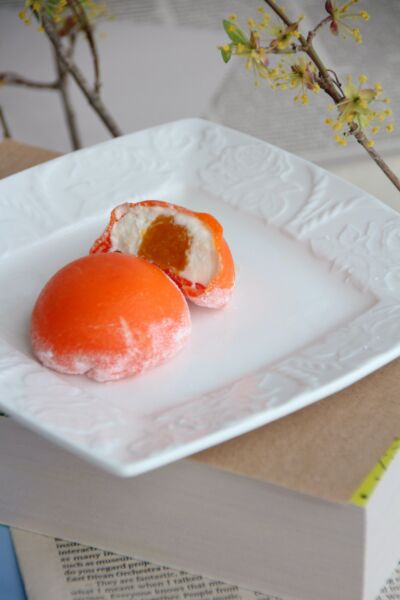
Now that we’ve established why mochi can’t be made properly without glutinous rice flour, what are some alternatives if you don’t have any on hand?
Try Suiton Dessert
Suiton is a traditional Japanese dessert made by boiling regular rice flour and water. It results in a dense, thick flour paste that can be eaten warm or chilled.
While suiton contains some chew, it doesn’t have that springy, gummy texture of mochi. It’s closer to very thick, sticky rice congee in texture. The flavor is mildly sweet from the rice flour.
Suiton can be topped with kinako powder, brown sugar, or fruit toppings. It makes a decent substitute if you want a simple sweet rice pudding-like treat but lacks the stretchy tactile appeal of mochi.
Consider Flour Dumplings
In many cuisines, dense flour and water dumplings are made as part of savory dishes. Think Italian gnocchi, German spaetzle, or Chinese stewed dumplings.
While these dumplings are chewy, they are much firmer and dense compared to soft, squishy mochi. The gluten strands in wheat flour allow for some chew but can’t mimic mochi’s gummy texture.
Flour dumplings make a tasty dish but provide a different mouthfeel than glutinous rice mochi.
Proper Way to Make Mochi
Now that we’ve established substitutes won’t cut it, let’s discuss the proper method for making high quality, stretchy mochi.
Ingredients
Authentic mochi is made using just two ingredients:
- Mochigome – sweet glutinous rice
- Water
The rice is soaked, then ground into a paste and kneaded. Home cooks often substitute pre-made mochiko flour instead of using whole mochigome rice.
Method
While traditionally mochi was pounded by hand using large mallets, these days it’s much easier to make mochi with a food processor or stand mixer.
The dry mochiko is mixed with water until a sticky dough forms, then kneaded briefly. The dough is then placed in the microwave or steamer to cook the rice flour.
After cooking, the hot mochi dough is kneaded vigorously by machine into an extremely soft, pliable, sticky mass that can be shaped as desired.
Serving Suggestions
Freshly made mochi can be enjoyed in many ways:
- Rolled in kinako powder or brown sugar
- Stuffed with sweet red bean paste
- Layered with fruit and whipped cream
- Wrapped around ice cream
- Pan fried until crispy
Summary
In summary, mochi requires glutinous rice or mochiko flour to achieve its signature soft, gummy, stretchy texture.
Regular rice flour lacks the amylopectin content needed to create mochi’s unique mouthfeel. Don’t bother trying to substitute regular rice flour if you want legit mochi texture and flavor.
While items like suiton or flour dumplings can make decent stand-ins, they each have a dense and chewy consistency completely different than elastic, pillowy mochi.
Take the time to find real glutinous rice flour at an Asian grocer to experience authentic mochi. Trust me, your patience will be rewarded tenfold when you bite into a sweet red bean mochi made the traditional way!
I hope this detailed article helps explain why you can’t make true mochi with regular rice flour. Please let me know if you have any other questions!
